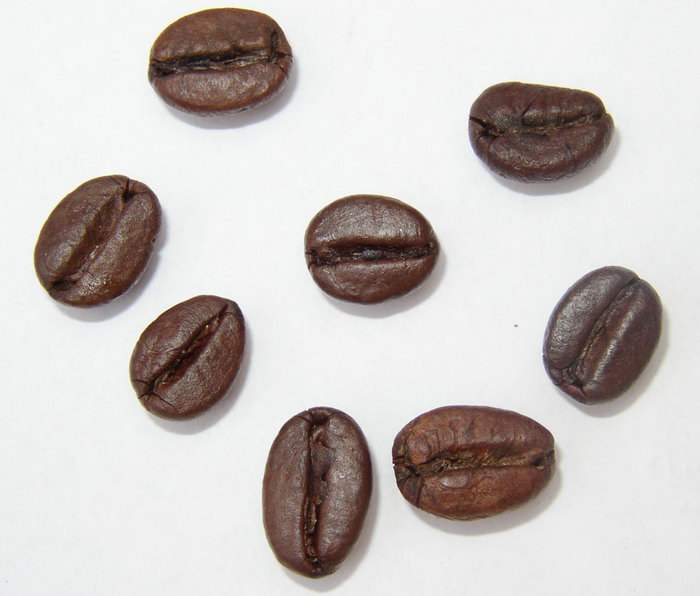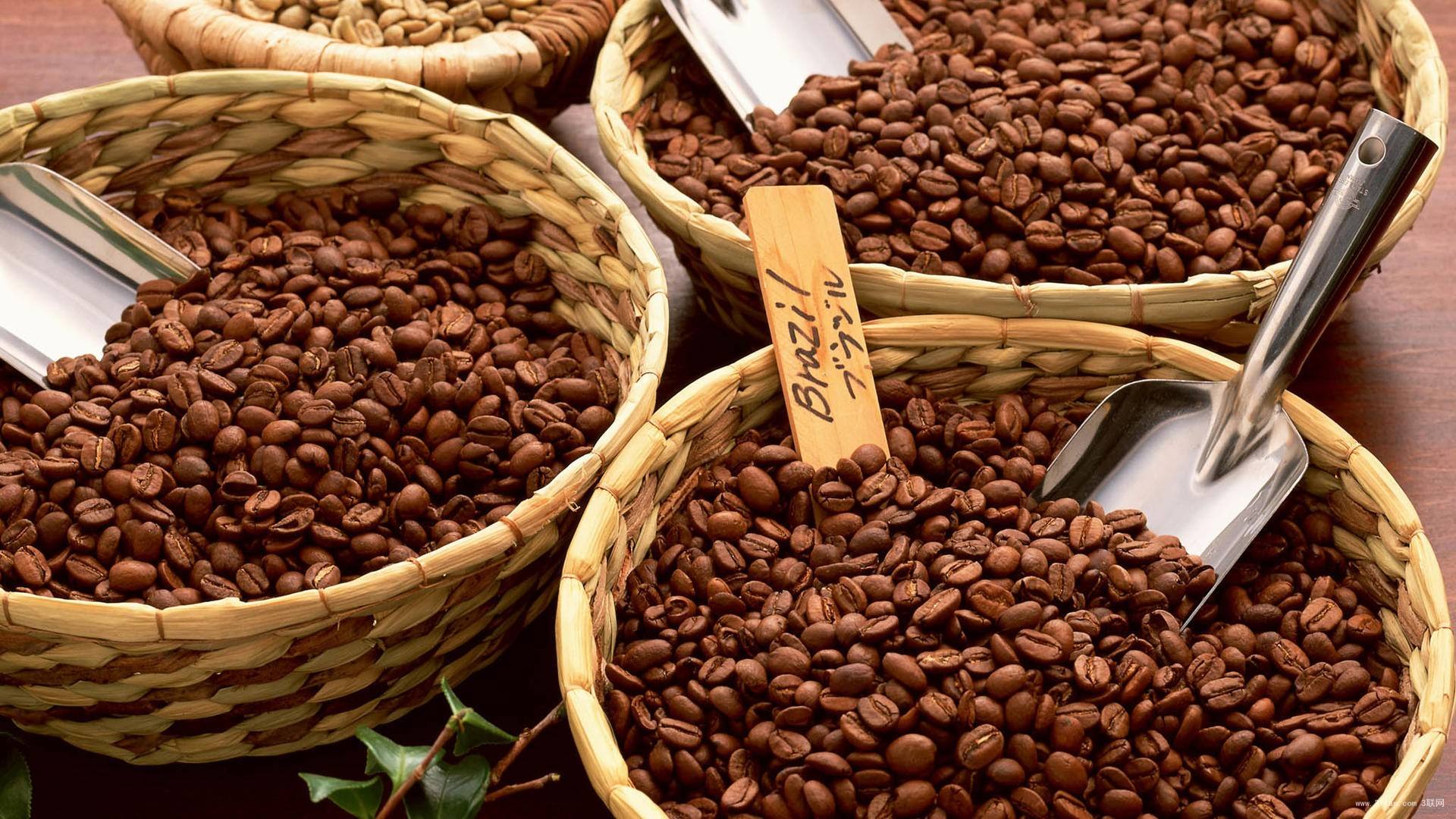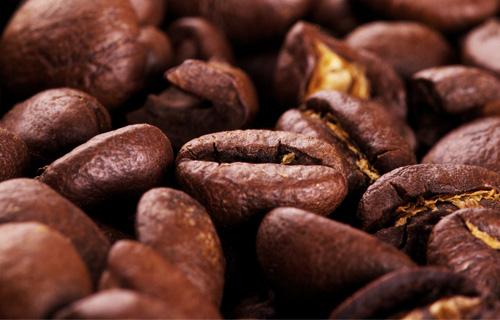The historical origin of Costa Rican Saint Roman and the description of Costa Rican Saint Roman flavor
Follow the caf é (Wechat official account vdailycom) and found that Beautiful Cafe opened a small shop of its own.
Tarrazu in Costa Rica is one of the major coffee producing areas in the world. The coffee produced is light and pure in flavor and pleasant in aroma. Costa Rica, with its fertile volcanic soil and good drainage, is the first country in Central America to grow coffee and bananas for commercial value. Coffee and bananas are the country's main exports. Coffee was introduced into Costa Rica from Cuba in 1729. Today, its coffee industry is one of the well-organized industries in the world, with a yield of 1700 kg per hectare. Costa Rica, with a population of only 3.5 million, has 400 million coffee trees, and coffee exports account for 25 per cent of the country's total exports. Costa Rica has also benefited from the establishment of the Central American Institute for Agricultural Research (IAAC) in Tarasu, which is an important international research centre.

Country: Costa Rica
Grade: SHB
Altitude: 1700m
Producing area: Tarazhu producing area
Baking degree: medium depth baking
Treatment method: washing treatment
Variety: Kaddura, Kaduai
Processing plant: St. Roman processing plant
Flavor: berries, caramel, cream, subtle spices
High-quality Costa Rican coffee is called "extra hard beans". This kind of coffee can grow above 1500 meters above sea level. Altitude has always been a problem for coffee growers. The higher the altitude, the better the coffee beans, not only because the higher altitude can increase the acidity of the coffee beans and thus increase the flavor, but also because the night temperature at the higher altitude is lower, which can make the trees grow slowly, thus making the coffee beans have a stronger flavor. In addition, due to the high altitude drop caused by sufficient rainfall, is also very beneficial to the growth of coffee trees.
S.H.B. It is a very hard bean with an altitude of more than 1500 meters above sea level, which means high quality Costa Rican coffee. This extra-hard coffee bean suitable for medium and heavy roasting has a strong sour taste and charming aroma. Costa Rican SHG coffee is usually full of particles, clear flavor, bright acidity and ideal consistency. The strong flavor makes the tail rhyme reverberate in the throat for a long time, unforgettable.
Other coffees worth mentioning are JuanVinas,PR, H.Tournon, Windmill,SHB, Montebello and SsntaRosa. Fine coffee is generally grown in Geredia and the central canyon. Another striking type of coffee is Sarchi (one of the five towns that represent Costa Rica's Coffee Road), which grows on the slopes of the PoasVolcano volcano, 53km from San Jose. Saatchi, founded in 1949, has a land area of 30770 hectares and grows sugar cane and coffee. The area is also famous for its handicrafts, attracting tourists from all over the world.
Located in the fertile hills of the Poas volcano in the central valley of Costa Rica, Fenghuang Manor is the first producer in Central and South America to produce honey treatment and sun-tanned coffee. It is a completely 100% organically grown coffee manor. The owner believes that organic farming is a better choice for environmental maintenance and family health, even though it faces many technical and organizational challenges. Still adhere to this belief.
The manor attaches great importance to the concept of environmental treatment, such as collecting Rain Water to process coffee, and the production and use of organic compost using earthworm farming (worm composting) makes the planting process completely free of chemical fertilizers and pesticides. The high-quality coffee produced by this estate is very unique, the biggest feature is that it has a very amazing sweetness, 100% organic coffee! He became famous when he took part in the boutique coffee contest in 2009.
During the harvest season, the sugar content of the fruit is measured by the sugar meter (Brixmeter) often equipped by the wine industry, and the best time and treatment are determined according to the brix sugar content. Only those with more than 20% sweetness will be exposed to the sun. The Brix value of general fruit is 14 for apple, 12 for lemon and 18 for passion fruit, but the coffee cherry of Fenghuang Manor can reach 21-22.
The cultivation of coffee in Costa Rica has a long history, but in the past 10 years, the new "dry" treatment has become a trend, collectively referred to as the "honey treatment". Honey treatment is a kind of treatment between sun drying and water washing. It keeps the coffee clean by washing, and because it is dried in the sun together with the pulp mucosa, it greatly increases the sweetness and caramel flavor of the coffee (the sugar content of the pulp mucosa is extremely high). Honey treatment first appeared in Costa Rica in Central America, mainly because of the lack of water resources in some high-altitude areas of Central America, so the coffee fruit was dried in the sun together with the pulp mucosa after using the pulp sieving machine. Honey-treated coffee beans are graded according to the degree of retention of the pulp (from less to more): yellow honey (20%), red honey (50%) and black honey (100%). The drying time of raw coffee beans treated with red honey is 2-3 weeks, usually due to weather or placed in a dark place. If the weather is clear, the grower will shade part of the sun to reduce the sunlight time. The advantage of this is that it can avoid the excessive fermentation caused by direct exposure, so that the overall dried fruit flavor of coffee is obvious but not too strong, the fruit flavor is delicate and the fat is thick and lasting, and the rhyme is long!
Important Notice :
前街咖啡 FrontStreet Coffee has moved to new addredd:
FrontStreet Coffee Address: 315,Donghua East Road,GuangZhou
Tel:020 38364473
- Prev

El Salvador Himalayan coffee flavor description, El Salvador Himalaya introduction
Following Cafe (official Wechat account vdailycom) found that Maaya Manor, a small shop of its own, is one of the few estates managed by Aida Batlle, located in Santa Ana, a famous producing area in the Apaneca Mountains, which is 1500 meters above sea level. The varieties planted are mainly bourbon. The coffee beans produced by this estate are located in the name of Mauricio Salaverria.
- Next

Antigua coffee introduction, Antigua coffee cup test situation
Pay attention to coffee reviews (Weixin Official Accounts vdailycom ) and find a beautiful coffee shop to open its own shop. Guatemala coffee producing area 2: Antigua coffee. Antigua Valley is Guatemala's oldest and best-known coffee-producing region. Volcanoes and very shallow groundwater levels create a dry microclimate with low humidity, plenty of sun, and nights.
Related
- Detailed explanation of Jadeite planting Land in Panamanian Jadeite Manor introduction to the grading system of Jadeite competitive bidding, Red bid, Green bid and Rose Summer
- Story of Coffee planting in Brenka region of Costa Rica Stonehenge Manor anaerobic heavy honey treatment of flavor mouth
- What's on the barrel of Blue Mountain Coffee beans?
- Can American coffee also pull flowers? How to use hot American style to pull out a good-looking pattern?
- Can you make a cold extract with coffee beans? What is the right proportion for cold-extracted coffee formula?
- Indonesian PWN Gold Mandrine Coffee Origin Features Flavor How to Chong? Mandolin coffee is American.
- A brief introduction to the flavor characteristics of Brazilian yellow bourbon coffee beans
- What is the effect of different water quality on the flavor of cold-extracted coffee? What kind of water is best for brewing coffee?
- Why do you think of Rose Summer whenever you mention Panamanian coffee?
- Introduction to the characteristics of authentic blue mountain coffee bean producing areas? What is the CIB Coffee Authority in Jamaica?

